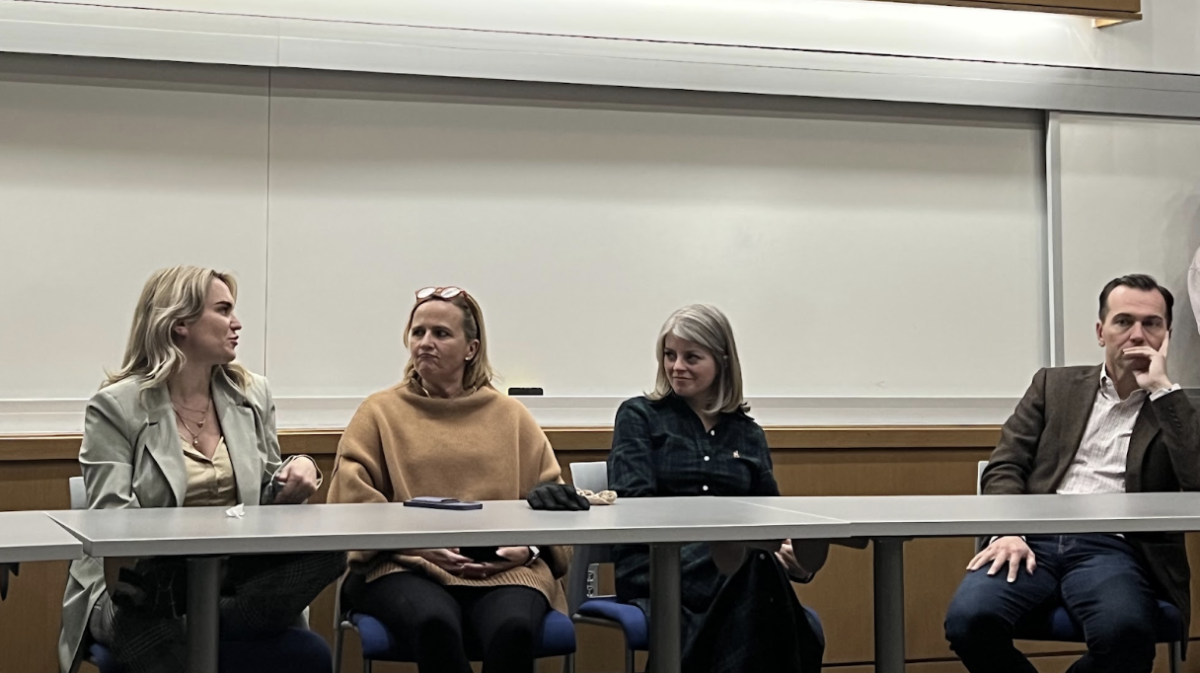While rural areas are known for opioid epidemics, some may be surprised to find out that this problem has spread to Tennessee’s capital of Nashville. The epidemic, which has gripped the United States, is described as the increased use of, and death from, prescriptions opioids like oxycodone and cheaper drugs like heroin. The county saw an increase from 25 deaths in 2014 to 40 deaths in 2015 from heroin alone. Healthy Nashville, an initiative to improve the city’s health, reports that the death rate per 100,000 people in Davidson County from drug poisoning was 20.6 in 2015. Out of the 157 drug overdose deaths in Davidson in 2015, 127 of them were related to opioids.
Findings from a joint report between Vanderbilt University Hospital and Saint Thomas Health are similar. They estimate that an astounding 1 in 10 people abused drugs in Davidson County in 2014. Admissions to hospitals related to heroin in 2012-2014 have at least doubled. In the most surprising find of this report, heroin usage is more prevalent in Davidson County than the rest of Tennessee.
An important part of this crisis is the explosion of synthetic painkillers, like fentanyl. While very similar to both morphine and heroin, it is typically more than 50 times stronger than both. Tennessee’s Department of Mental Health and Substance Abuse Services recently released an advisory on fentanyl’s dangers and its meteoric rise in usage in both Davidson County and Tennessee. From 2013 to 2015, the percent of overdose deaths related to fentanyl rose from 5% to 12%. Drug dealers often press the drug into tablets similar to common prescription drugs like hydrocodone, heroin, oxycodone, and Xanax in order to trick their buyers.
While Davidson County statistically faces higher death rates from opioids than other counties in the state, some believe much of the difference has to do with reporting errors. Rural areas have smaller budgets for toxicology reports than cities, forcing them to oftentimes not investigate causes of death.
While the opioid epidemic has been aggressive and deadly, Tennessee has made many attempts to curb the rate of addiction and overdose. The state’s three primary efforts thus far have been on childhood prevention, community support groups, and limiting the amount of prescription drugs available. First is the “Building Strong Brains Initiative.” Based on research that reveals the connection between early childhood trauma and later substance abuse, it pushes to shore up kids’ psychological strength. The initiative mitigates the effects of childhood trauma by educating pediatricians of how to assist their patients in handling their negative experiences. The second primary effort encourages the community to support the addicted. In order to help patients already addicted to opioids, Tennessee encourages the use of community-based support to deter continued drug use. These community support groups give addicts the resources they need, like discussion and events to return unused prescription drugs.
Lastly, Tennessee has focused on implementing regulations on prescription practices to diminish the supply of prescription opioids available. Since nearly all addicts begin their abuse through prescription drugs and nearly half of all overdose deaths come from prescription drugs, this is a critical part of the state’s work to reduce addiction. It has created prescribing deadlines to stop doctors from over-prescribing opioids, a database of substance prescriptions, and regulated “pill mills.” While it has not seemed to have had direct effects on the number of addicts and deaths yet, short term effects have been observed. Since 2012, there has been a 12% decrease in prescriptions of opioids.
While the efforts thus far have been relatively successful, Tennessee lawmakers are unsatisfied. Last January, the Speaker of the House, Republican Beth Harwell, created a special task force to find new strategies to rein in addiction throughout the state. Its recommendations include, expanding the Tennessee Bureau of Investigation (TBI), asking the White House to help fund its addiction efforts, pushing for uniformity in overdose investigation, making the Tennessee Commission to Combat Drug Abuse, and increasing limits of pill prescriptions.
The TBI investigates and prosecutes drug dealers. Rooting out the source of addicts’ drugs is a critical part of halting the epidemic. Previously, the TBI’s priority has been on methamphetamine addiction. But, because of the historic crisis from opioids that the state faces today, the department needs additional resources to fight both meth and heroin use. Their solution is to add 25 agents to the department, which would increase the TBI’s ability to effectively combat both methamphetamine and opioids.
During Barack Obama’s administration, Tennessee was given $13.8 million a year to end the drug crisis. At this time, President Donald Trump’s administration has not reaffirmed this aid. If granted, it would be critical in continuing the state’s efforts against the epidemic.
Currently, each county in Tennessee has independent standards and medical strategies to determine opioid deaths. However, the lack of any universal standards make it plausible that some reported statistics may be inaccurate; the special council’s recommendation to implement such standards aims to remedy that.
The special council decided that the Tennessee Commission to Combat Drug Abuse should be established and given its own funding to research, recommend policy changes, and encourage further efforts from the rest of the state government. It would institutionalize the effort to reduce opioid use with a permanent body.
Lastly, the task force concluded that the efforts to create caps and restrictions of prescriptions should be increased. Since the regulations already in place have resulted in a decrease in opioid prescriptions, the task force believes bolstering the program to increase regulations would be effective.
This crisis leaves many to wonder how it originated. Health experts conclude it is a result of rampant over-prescription of painkillers over many years. Starting in the 1990s, doctors rarely hesitated to give requested medication to their patients, misunderstanding the addictive qualities of the opioids prescribed. Eventually, thousands of Americans became addicted to painkillers. By the time health providers responded by prescribing fewer pain medications, many were already addicted. This left thousands already dependent on opioids in need of a replacement. Both heroin and fentanyl are cheaper than prescription medications, so many shifted to those drugs instead.
This crisis has also reached the attention of the the federal government, with President Trump declaring the issue a “health emergency” in October. The National Institute on Drug Abuse reported that 33,000 Americans died from opioid overdoses in 2015. So, while the opioid epidemic is especially acute in Nashville and Tennessee, it plagues the entire country as well – both Vanderbilt students and Americans across the country should hope that the government’s continued efforts bear fruit.
Image Credit: Pixabay













